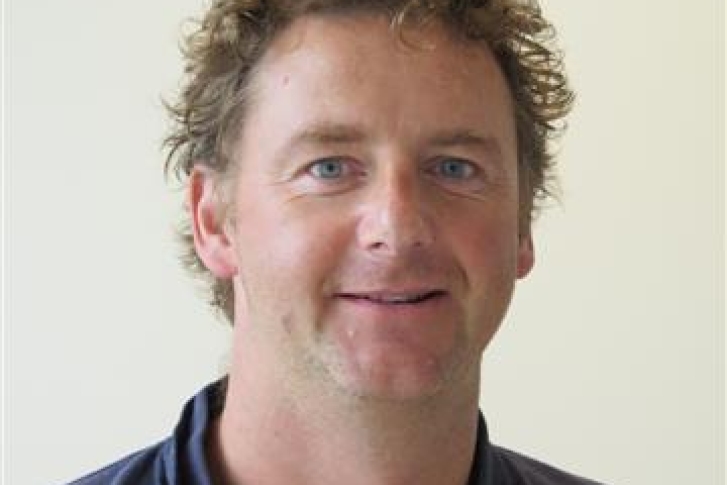About Chinook salmon
Scientific name: Oncorhynchus tshawytscha
Māori names: Hāmana, Tāmana
Chinook salmon are the largest members of the pacific salmon group Oncorhynchus. Other common names for this species include king salmon, Quinnat salmon and Tyee salmon. Chinook salmon, like all salmon species, are anadromous. The eggs hatch in freshwater, the juveniles migrate to the sea to mature for one to eight years and will then return to their natal river/stream to reproduce. Juveniles in freshwater are varying shades of brown with stripes. As they undergo smoltification to prepare for life in saltwater, they become silver and trade their stripes for small black spots on their dorsal surface and tail.
Chinook salmon were introduced to several South Island rivers from northern California populations in 1901. This soon led to successful natural spawning runs and the establishment of a game fishery. Upstream spawning migrations start in December in wild New Zealand populations, but the captive stocks used to produce fish for aquaculture are spawned year-round.
Why farm Chinook salmon?
Chinook salmon are the only salmon species farmed in New Zealand. Worldwide, the aquaculture production of Chinook salmon makes up less than 1% of the total farmed salmon volume, with the vast majority being the Atlantic salmon (Salmo salar). Despite its low production volumes, it is largely considered to be the highest quality salmon product on the market in terms of flavour, texture and nutritional content. As a result of the high quality and low supply, Chinook salmon fetches a premium price both locally and internationally. Chinook Salmon produced in New Zealand is particularly valued and makes up over 50% of global Chinook salmon production.
How are Chinook salmon farmed?
Chinook salmon are primarily farmed in sea cages in New Zealand and, to a lesser extent, Canada. The first hatcheries in New Zealand began operation in the mid-1970’s, with the first sea cage operation establishing in Big Glory Bay at Stewart Island.
Since then, Chinook Salmon sea cages have been established in the Marlborough Sounds, Akaroa Harbour and at more sites around Stewart Island. Freshwater farming operations have been established in hydro canals and constructed raceways in Canterbury and Otago.
Juveniles are produced in freshwater hatcheries and are moved to sea cages between 100 – 150 grams in weight. Cages are generally kept at low densities in New Zealand, seldom exceeding 25 kilograms of biomass per cubic metre of rearing space.
How is NIWA research helping sustainable Chinook salmon aquaculture?
The cage farming of Chinook salmon has seen limited growth in recent years. Social and legislative constraints have been placed on the acquisition of new inshore farming sites, and current farming sites are becoming less suitable with increasing summer temperatures and periodic “marine heatwaves”. To aid in the growth of the industry, NIWA is working with major Chinook salmon producers to explore and apply alternative farming technologies that circumvent the need for additional inshore marine farming space.
The primary technology being explored are land-based recirculating aquaculture systems (RAS). This technology takes a larger proportion, or the full production cycle out of the sea and into highly controlled systems which recirculate water through mechanical and biological filters to maintain superior water quality and reduce overall water use. These systems are also able to maintain an ideal temperature, pH and oxygen level to increase performance and growth and welfare.
To accommodate this transition, NIWA is researching the suitability of these systems for raising Chinook salmon. This includes understanding the effect of a RAS environment and higher densities on the growth, welfare and quality of the fish.
In addition to the development of new growth pathways, NIWA has been working directly with the salmon industry and feed companies at the Northland Aquaculture Centre for the last 15 years to research solutions to specific nutritional and production efficiency problems. This has included an analysis of the long-term performance of different family groups in relation to different feeds and environmental conditions. NIWA is also involved in the long-term environmental monitoring of existing sea cage sites, and the environmental modelling of proposals for new se





